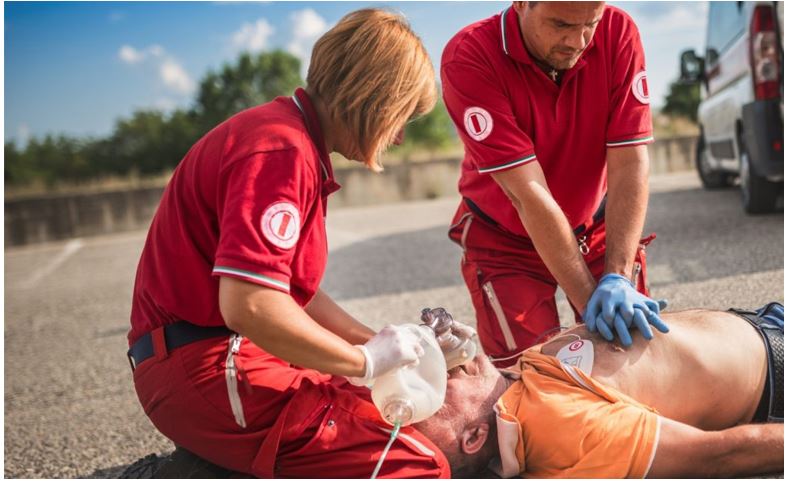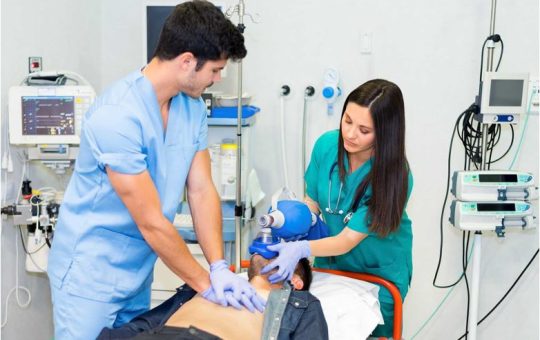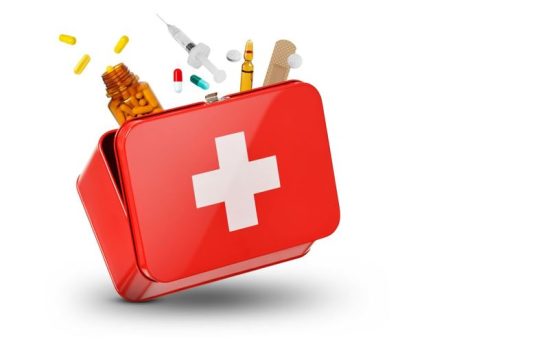
First Aid Level 3
Course Overview
The First Aid Level 3 course provides in-depth training for managing complex medical emergencies and life-threatening conditions. Ideal for individuals in high-risk industries or those responsible for workplace safety, this advanced course equips participants with the knowledge and skills to handle critical incidents, conduct patient assessments, and stabilize casualties until professional help arrives. The course emphasizes practical, hands-on learning to ensure participants can confidently respond to emergencies.
Benefits
- Expert Knowledge: Gain advanced understanding of first aid techniques and procedures.
- Critical Emergency Response: Learn to handle severe and life-threatening injuries effectively.
- Workplace Compliance: Fulfill advanced first aid requirements in high-risk industries.
- Leadership Skills: Take charge in emergency situations and coordinate with medical professionals.
- Career Advancement: Open opportunities in emergency response, safety leadership, or medical fields.
Learning Outcomes
Upon completing the course, participants will be able to:
- Conduct advanced patient assessments to identify critical injuries or conditions.
- Manage life-threatening scenarios, such as cardiac arrest, multiple trauma, or severe burns.
- Administer advanced first aid interventions, including airway management and oxygen therapy.
- Stabilize casualties in critical condition until professional medical assistance is available.
- Effectively communicate with emergency services and provide detailed incident reports.
- Lead and coordinate emergency responses in high-stress situations.
Study Units
Unit 1: Comprehensive Patient Assessment
- Scene safety and advanced risk assessments.
- Primary and secondary surveys for critical injuries.
- Recognizing and prioritizing life-threatening conditions.
Unit 2: Advanced Cardiopulmonary Resuscitation (CPR)
- Advanced CPR techniques for adults, children, and infants.
- Use of an Automated External Defibrillator (AED) in complex scenarios.
- Administering oxygen therapy and maintaining open airways.
Unit 3: Management of Severe Trauma
- Treating major fractures, spinal injuries, and head trauma.
Managing severe bleeding, burns, and amputations.
Our assessment process is designed to ensure every learner achieves the required level of knowledge, skills, and understanding outlined in each course unit.
Purpose of Assessment
Assessment helps measure how well a learner has met the learning outcomes. It ensures consistency, quality, and fairness across all learners.
What Learners Need to Do
Learners must provide clear evidence that shows they have met all the learning outcomes and assessment criteria for each unit. This evidence can take different forms depending on the course and type of learning.
Types of Acceptable Evidence
Assignments, reports, or projects
Worksheets or written tasks
Portfolios of practical work
Answers to oral or written questions
Test or exam papers
Understanding the Structure
Learning outcomes explain what learners should know, understand, or be able to do.
Assessment criteria set the standard learners must meet to achieve each learning outcome.
Assessment Guidelines
All assessment must be authentic, current, and relevant to the unit.
Evidence must match each assessment criterion clearly.
Plagiarism or copied work is not accepted.
All learners must complete assessments within the given timelines.
Where applicable, assessments may be reviewed or verified by internal or external quality assurers.
Full learning outcomes and assessment criteria for each qualification are available from page 8 of the course handbook.
Top Courses
No results found.
Related Courses
Let's Get in touch
Deleting Course Review
Course Access
This course is password protected. To access it please enter your password below:



